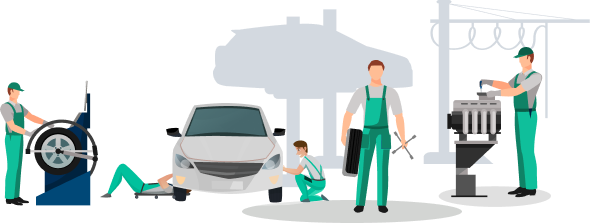AutoLeap Blog
Your go-to resource for industry news, trends and business advice

- April 1, 2025
- Tips
Cars have been around for over a hundred years. They help us travel, .....
- March 13, 2025
- Tips
Have you ever had your car break down and wondered whether to go .....
- March 12, 2025
- Tips
Is your auto parts inventory running your shop instead of the other way .....
- March 11, 2025
- Tips
As an auto repair shop owner, how do you keep track of multiple .....
- March 5, 2025
- Tips
Ever found yourself daydreaming about turning your love for cars into a rewarding .....
- March 3, 2025
- Tips
Have you ever thought about working on cars for a living? Whether you .....
- February 26, 2025
- Tips
If you’re an auto technician or shop owner, you’ve probably wondered, which mechanic .....
- February 25, 2025
- Tips
Ever found yourself daydreaming about turning your love for cars into a rewarding .....
- February 24, 2025
- Tips
Ever wondered why some auto repair shops stick in your mind while others .....
Book a personalized demo today.
Explore why the best auto repair shops choose AutoLeap to run and grow their automotive business.








